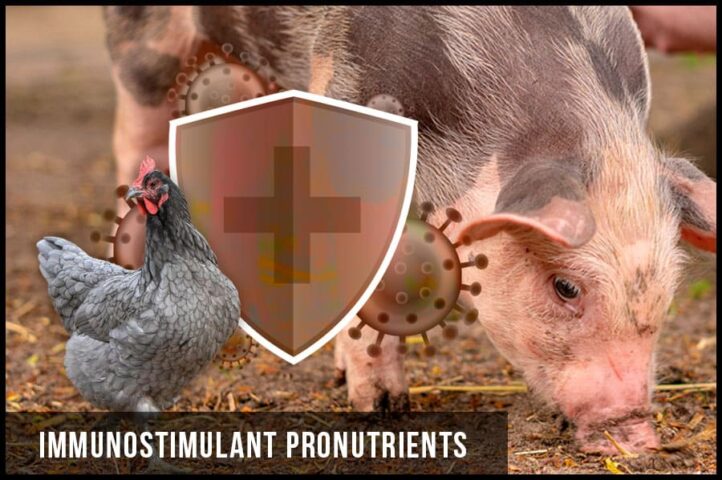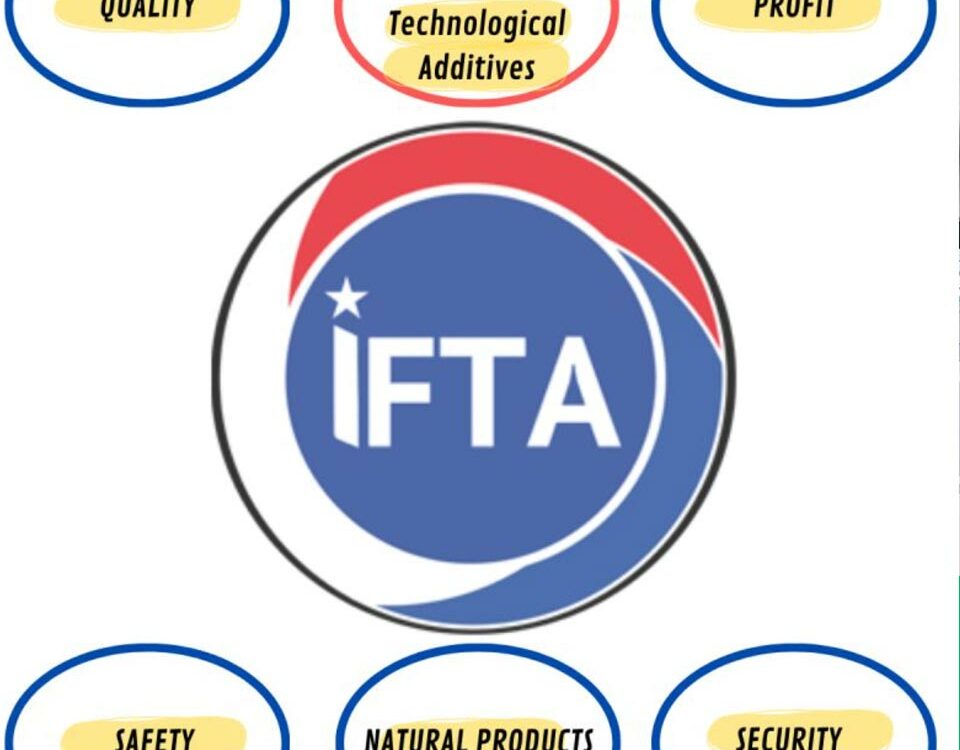
(1) The immune system of invertebrate farm animals (shrimp) and vertebrates (tilapia, chicken, pig, ruminants) is the result of the accumulation of defence mechanisms by the animals against physical, chemical, or biological aggressions that they can receive.
(2) Each new step in the appearance of new species means the incorporation of new defence mechanisms but not the disappearance of the previously established ones. Thus, the fixation of calcium to repair turns or wrap foreign bodies, and the production of melanin, to protect from radiation, which is manifested in primitive single-cell animals, is still present in current vertebrate animals.
(3) In Veterinaria Digital a paper on veterinary immunology has been published which exposes in detail the defensive structure of animals. Please find the publication at the following link.
(4) The selection of farm animals is carried out to improve growth (meat production and growth time) and reproduction (numerous births). On the contrary, immunity is not strengthened during the process of genetic selection. This situation is aggravated by the fact that growth stress and animal density are factors that weaken the defence processes due to the ACTH released by the pituitary gland in times of stress or environmental stress.
(5) To help the immune system of the animals, IFTA USA initiated, in collaboration with the U.R.V. University of Tarragona and other research centres, studies based on the application of pronutrients technology.
(6) Pronutrients are molecules of botanical origin that stimulate, through a metagenetic mechanism, the elaboration of specific proteins in target cells: leukocytes and mucosa cells. For example:
- 6.1 The elaboration of chemokines that stimulate the motility of leukocytes towards invader agents: Leukocytes 3.37 mm vs. 0 mm, in saline solution Macrophages.16.03 mm vs. 0 mm in saline solution.
- 6.2 The elaboration of IgA in the mucous cells (respiratory, digestive, reproductive, salivary, lacrimal and mammary systems) that are part of the general-local immune system.
(7) The application, on experimental and commercial farms, has allowed us to obtain excellent results in terms of improving survival, productivity, and animal welfare.
- 7.1 In tilapia
- Increases the survival rate from 91.78% to 93.66%
- 7.2 In pigs
- Increases the percentage of milk samples greater than 0.4 OD from 76.92% to 91.67% after its administration in pregnant sows between 40 to 20 days before farrowing.
- * Increases the weaning weight of piglets from 6.01kg to 6.95 kg LW
- 7.3 In poultry
- * Increases the rate of antibodies against Infectious Bronchitis between 23.48% and 29.35%
- * Increases the rate of antibodies against Gumboro disease between 8.17 and 8.33%
- * Increases the rate of antibodies against Newcastle disease between 4.47 and 6.23%
- 7.4 In ducks
- * Increases the rate of antibodies against Infectious Bronchitis by 36%
- * Reduces mortality from 3.12 to 2.63%.
(8) As a consequence of these results, IFTA USA has managed to patent and register the use of immunomodulatory pronutrients for animal nutrition
(9) IFTA USA manufactures these products and markets them under the name of IFTA IMP.


